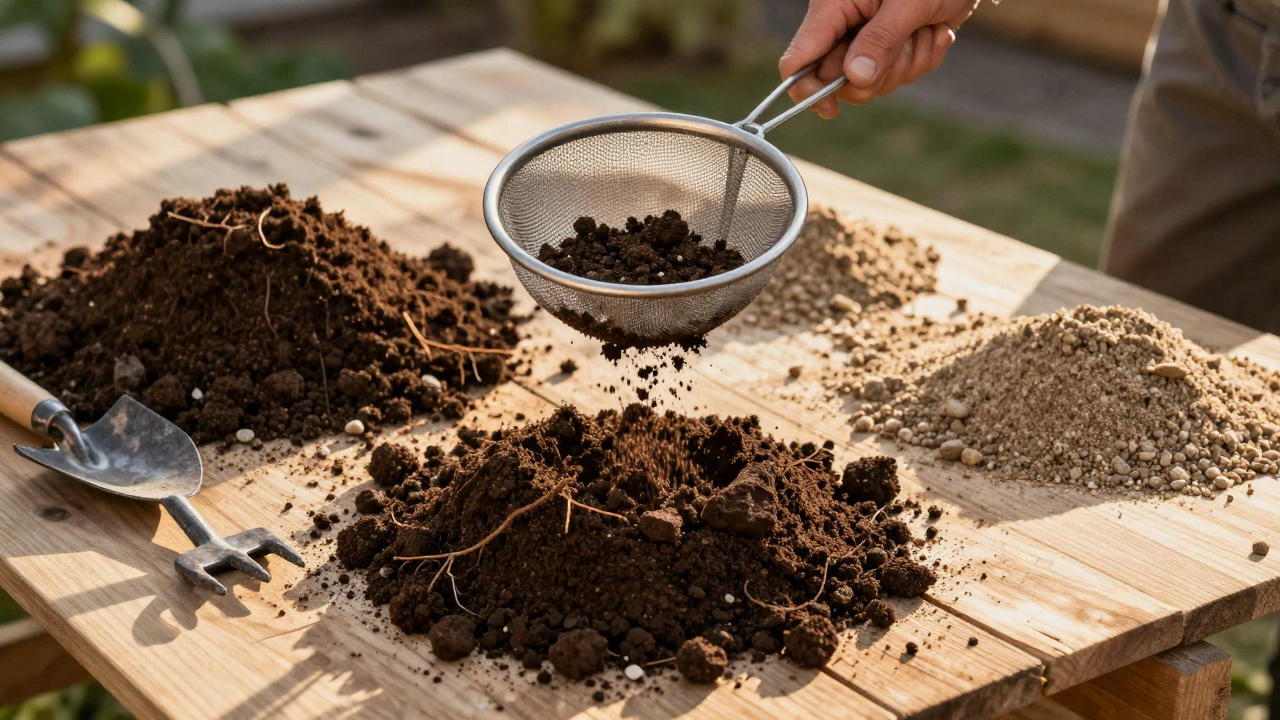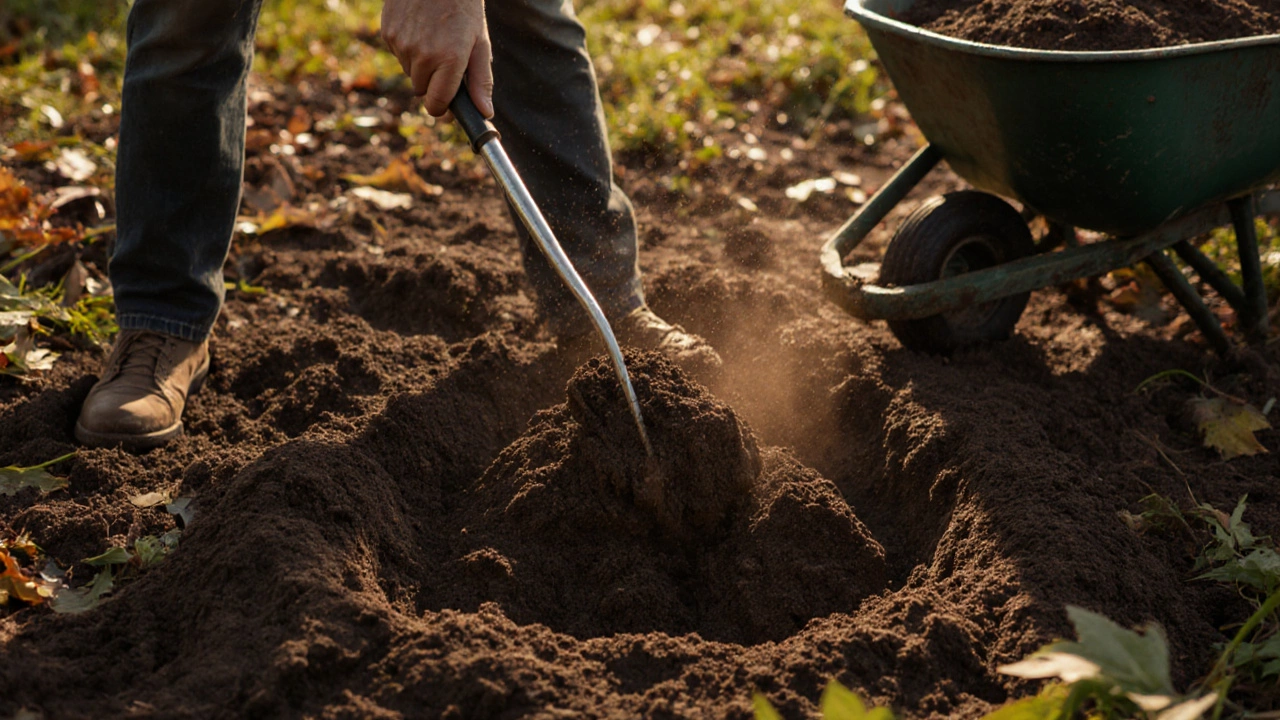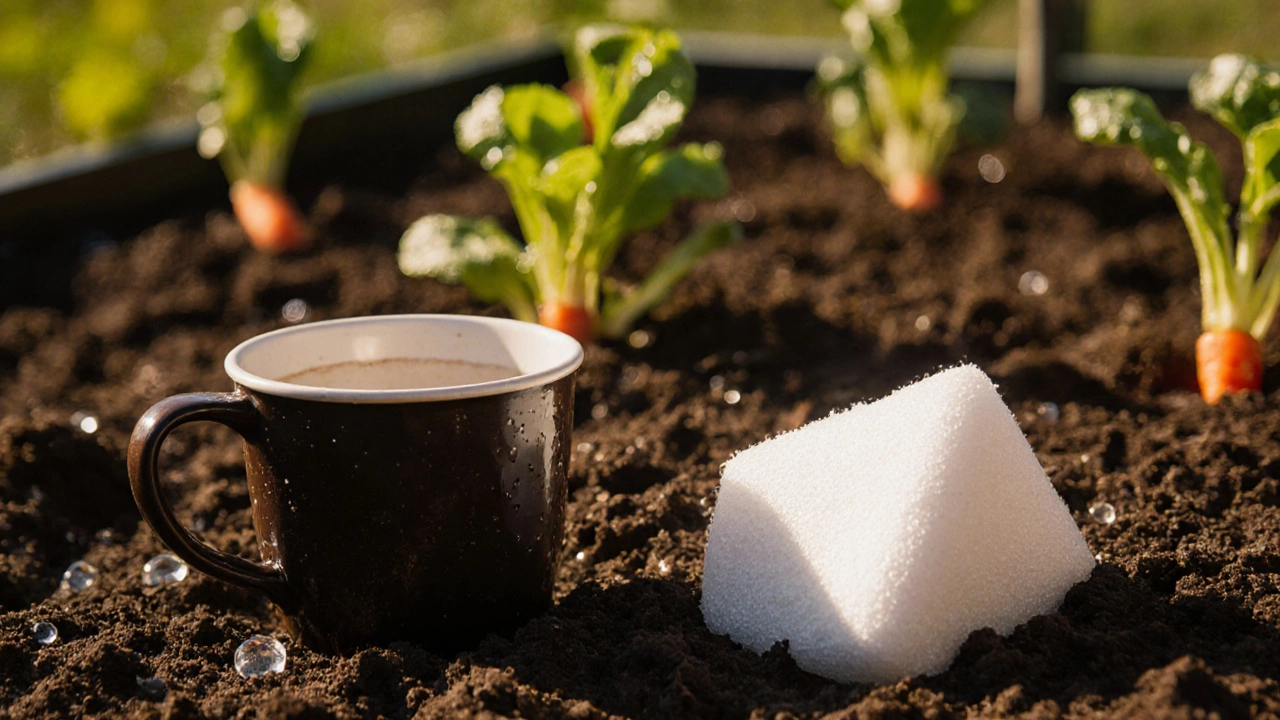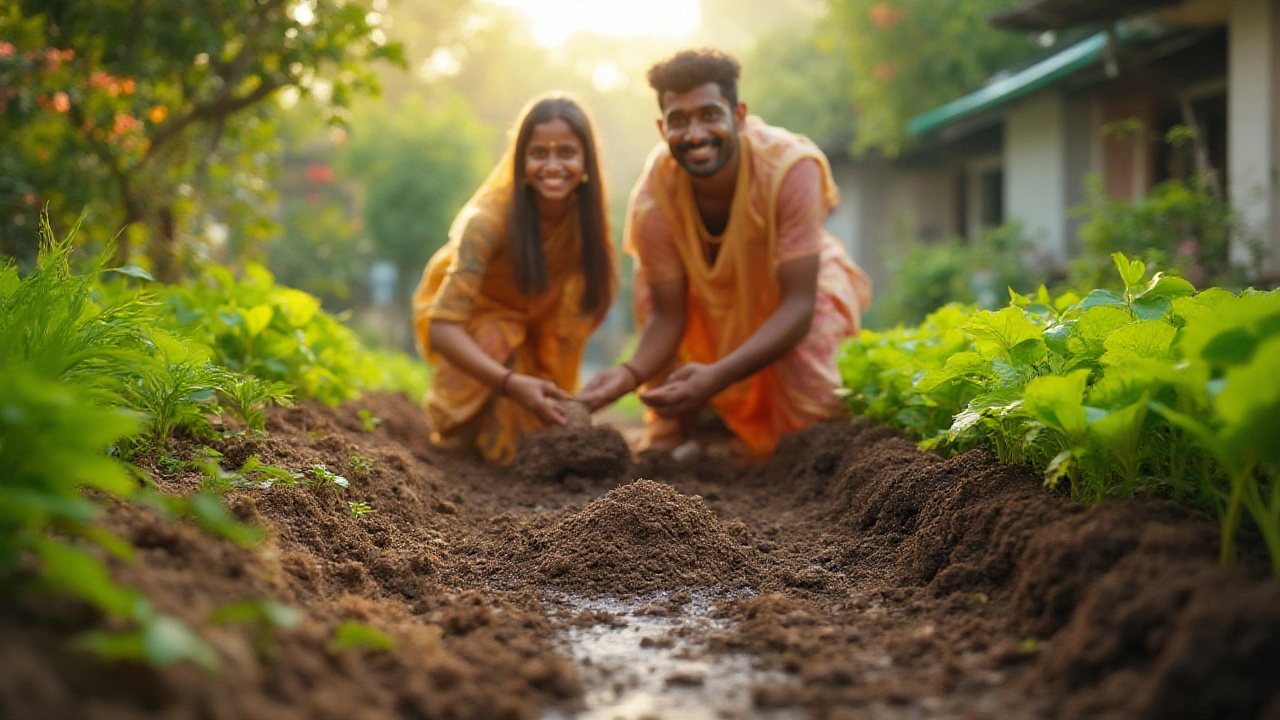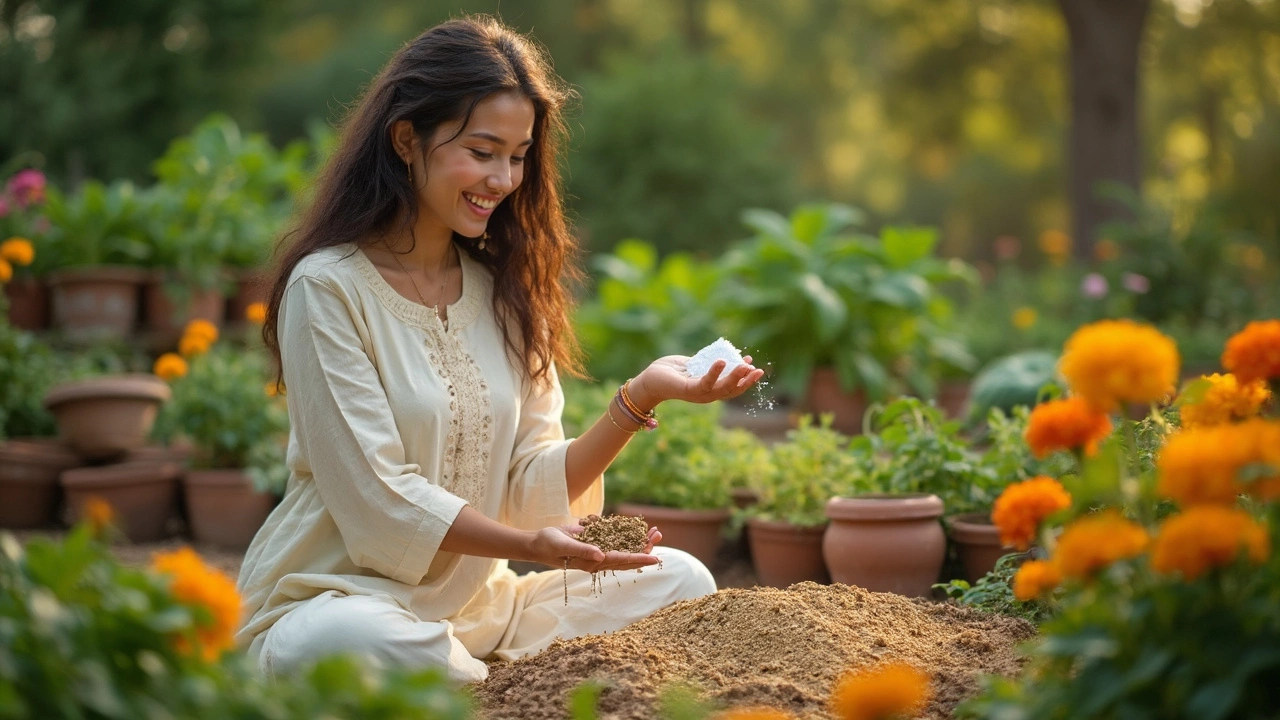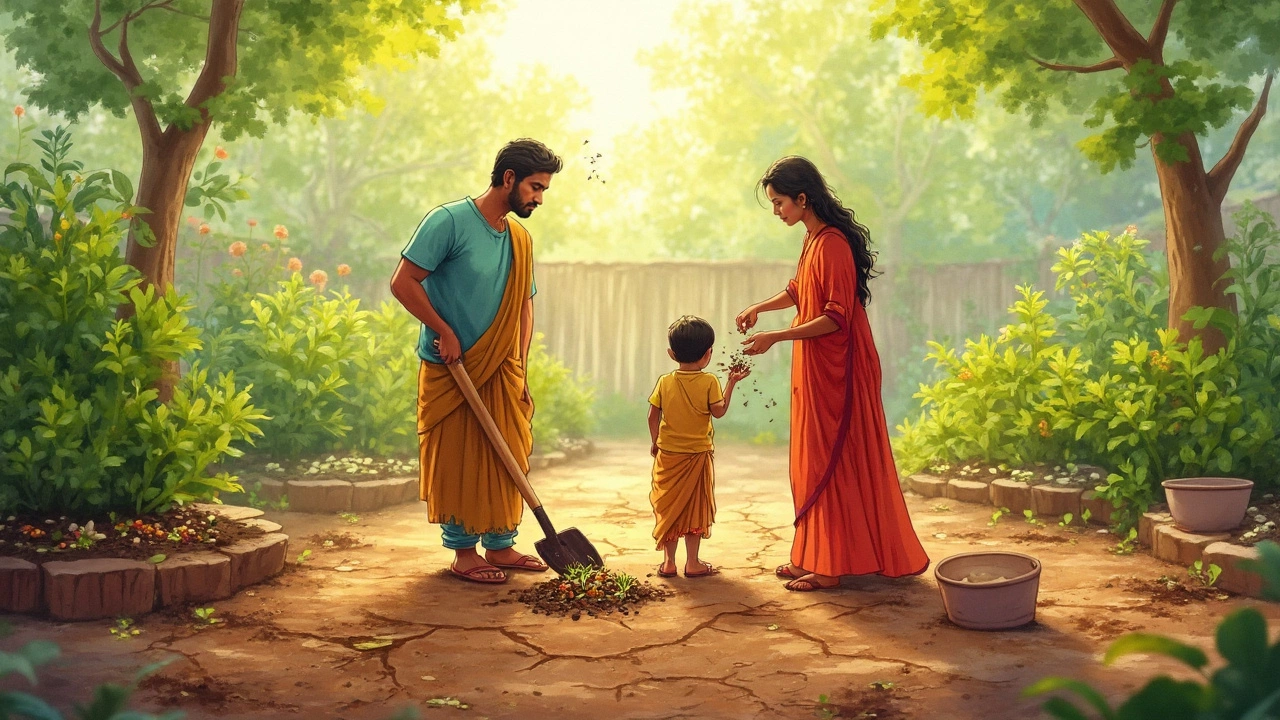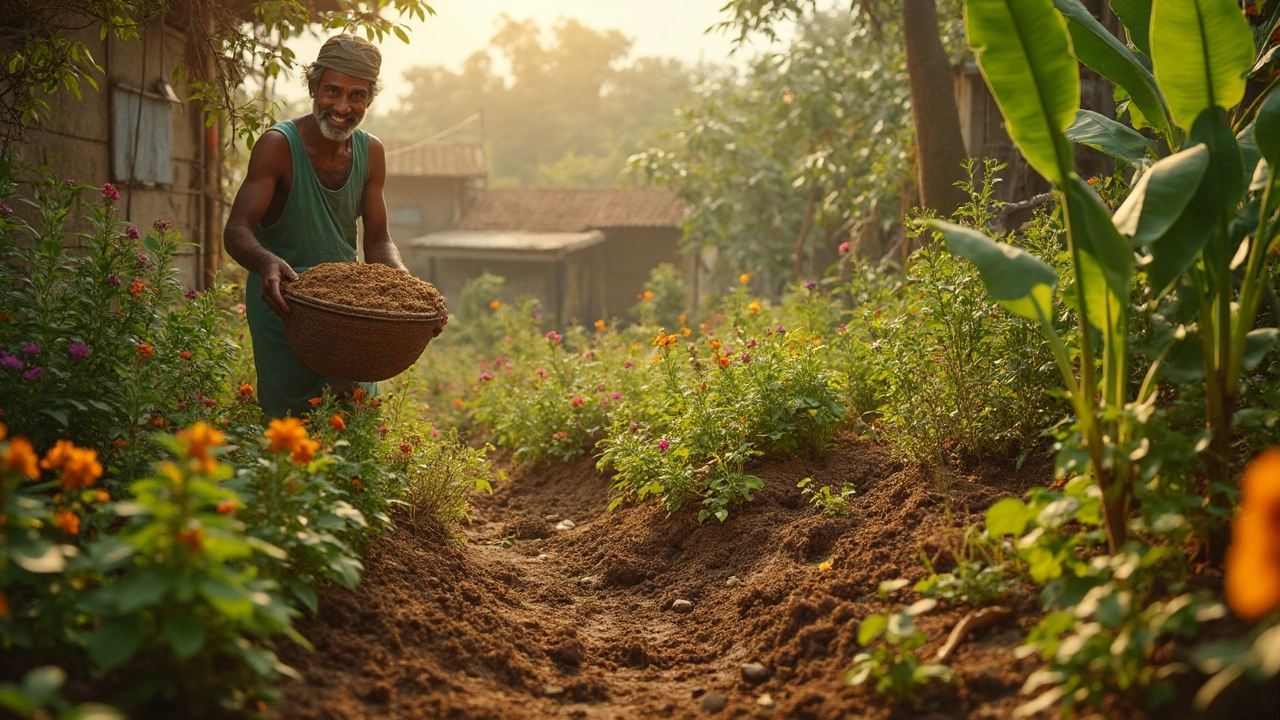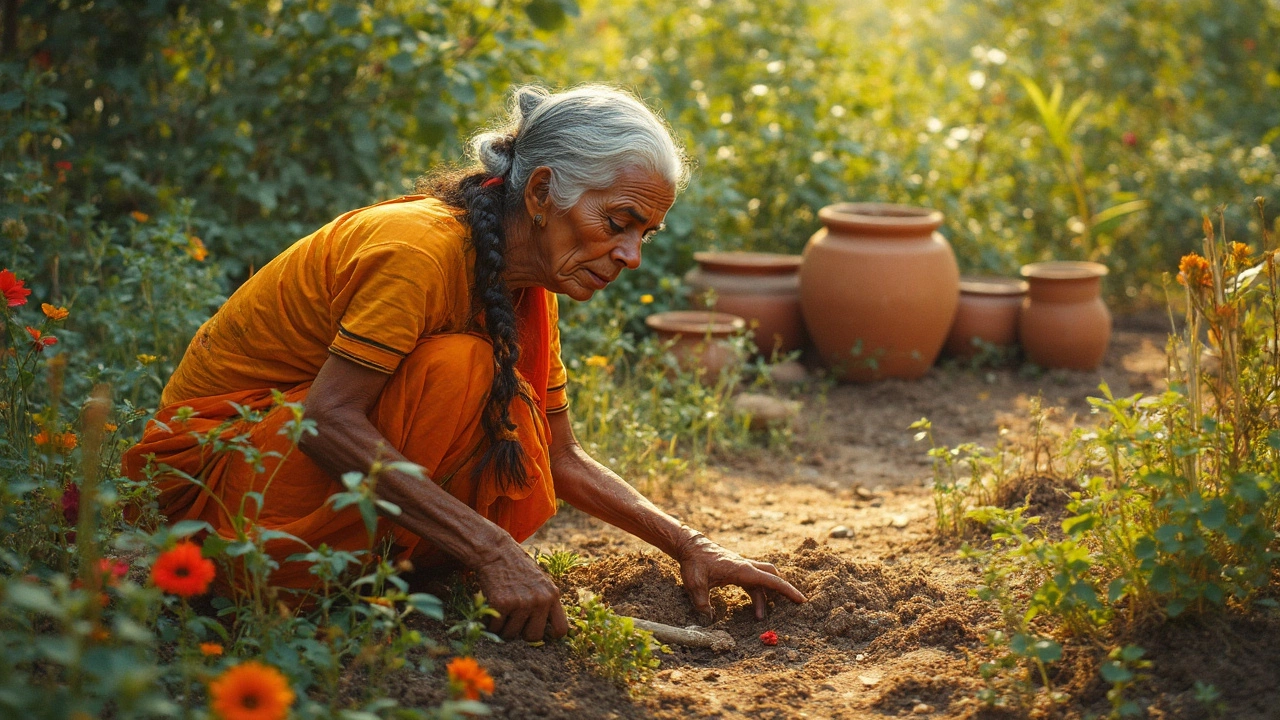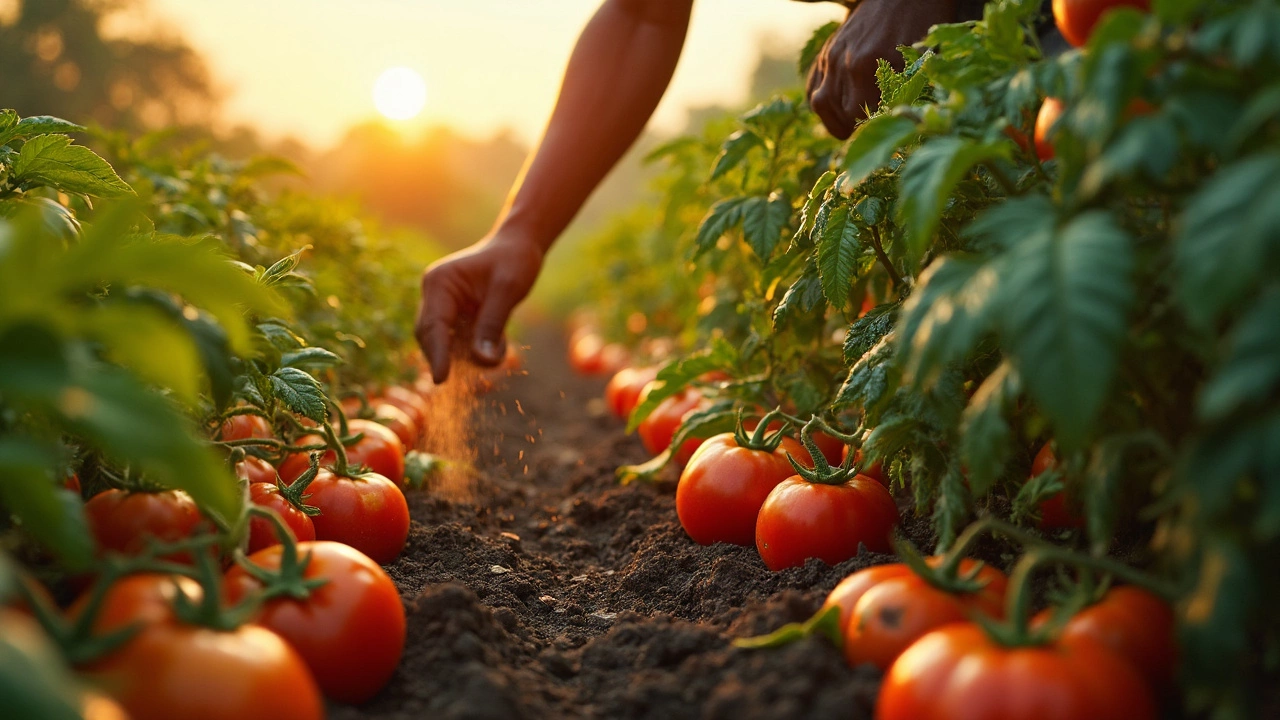Learn how to make your own topsoil using compost, screened soil, and coarse sand. Save money, avoid contaminants, and grow healthier plants with a custom soil blend that outperforms store-bought options.
Soil Improvement: Best Ways to Fix Poor Garden Soil in India
When your garden soil feels hard, sticky, or lifeless, you’re not alone. Soil improvement, the process of enhancing soil structure, fertility, and drainage to support healthy plant growth. Also known as soil conditioning, it’s not about buying expensive products—it’s about understanding what your dirt actually needs. In India, where clay dominates in the south, sand in the west, and heavy monsoon runoff ruins structure everywhere, good soil doesn’t happen by accident. It’s built—layer by layer, season by season.
One of the biggest mistakes gardeners make is assuming all soil problems need the same fix. Adding sand to clay? That can turn your garden into concrete. Throwing chemical fertilizers on tired soil? It might green up leaves, but it won’t fix the root issue: dead microbes and poor structure. Real soil amendments, natural or organic materials added to soil to improve its physical properties and nutrient content. Also known as soil conditioners, it works differently depending on your starting point. If your soil drains too slow, you need perlite, leaf mold, or coarse compost. If it drains too fast, you need vermiculite or well-rotted manure. And if it’s just flat-out dead? That’s where compost, decomposed organic matter that adds nutrients, improves texture, and feeds soil life. Also known as black gold, it becomes your most powerful tool. It doesn’t just feed plants—it rebuilds the entire underground ecosystem.
Drainage is another silent killer. Soggy roots rot. Dry, cracked soil starves plants. The right soil drainage, the ability of soil to allow excess water to flow through it, preventing waterlogging. Also known as percolation, it isn’t just about digging ditches—it’s about what you mix into the earth. Raised beds, mulch layers, even the bottom material you use in containers all play a role. And yes, styrofoam? Some use it. But it’s not the answer for long-term soil health.
What you’ll find below isn’t theory. It’s what actually works in Indian gardens—tested by farmers, backyard growers, and urban balcony gardeners. From turning kitchen scraps into rich compost to fixing clay soil without spending a rupee, these guides cut through the noise. You’ll learn how to spot bad soil fast, what to add (and what to avoid), and how to make your dirt come alive again. No jargon. No fluff. Just clear, step-by-step fixes you can start today.
Learn what to add to dense garden soil to make it easier to work with and better for plants. Discover compost, perlite, leaf mold, and other proven amendments that actually work in UK gardens.
Explore the safety of styrofoam in vegetable gardens, covering its effects on soil health, risks, benefits, alternatives, and practical guidelines for growers.
Discover practical ways to turn dense, soggy soil into free-draining, healthy earth. Step-by-step advice and clever tips for better garden drainage.
Curious if vermiculite or perlite is right for your garden? This article breaks down the real differences and helps you decide what’s best for your plants. We’ll look at how each works in the soil, their pros and cons, and which situations suit them best. Get handy tips and facts straight from real-life gardening experience. Let’s get practical about boosting plant growth.
Struggling with stubborn, lifeless soil in your yard? This guide dives straight into practical fixes for bad garden soil, including ways to spot common problems and solutions that work fast. Learn simple tricks to boost soil health, from quick fixes with kitchen scraps to what not to do when working with clay or sand. Whether your tomatoes look sad or your flowers just don’t bloom, these tips will change the game for your next planting season. Even beginners can turn a patch of poor dirt into a thriving garden with a few easy moves.
Boosting your garden soil doesn't need to be costly. This article explores budget-friendly techniques to enrich your soil, including using kitchen scraps and natural amendments. Learn about composting, cover crops, and clever recycling ideas that can breathe life back into your garden without breaking the bank. These tips are simple and effective, making your garden thrive with minimal expense.
Mixing topsoil with existing soil might seem straightforward, but it can significantly impact plant growth. This guide explores when and how to mix soils effectively. We'll discuss soil types, benefits, and crucial tips for boosting your garden's health. Proper mixing can transform barren patches into lush landscapes.
Breathing new life into old garden soil is key to having thriving plants and vibrant blooms. It's about more than just digging up the dirt—knowing the right techniques and materials can make all the difference. Explore ways to naturally replenish nutrients, optimize soil pH, and improve drainage. Get tips on effective composting, mulching, and eco-friendly practices. These strategies will turn tired soil into a nourishing haven for your garden.
Creating the perfect soil is essential for a flourishing vegetable garden. Start by learning what your soil lacks and what it needs. Adding organic matter like compost or aged manure can greatly enhance soil quality. Make sure to test your soil's pH levels and adjust them as needed. With the right balance of nutrients, your veggies will thrive.
Getting the frequency of fertilizing tomatoes just right can make all the difference in your garden's success. This article delves into the optimal schedule for feeding your tomato plants, how to assess soil health, and tips for using organic and inorganic fertilizers effectively. It provides practical advice to ensure your tomato plants thrive, without overdoing it, all while keeping health and environmental impacts in mind.
In the quest for the perfect garden soil, many gardeners wonder if adding sand is a beneficial practice. There's a belief that sand can improve soil texture and drainage, making it a popular choice. However, the impact of sand on soil varies greatly depending on the starting soil type. Exploring the benefits, drawbacks, and suitable alternatives helps gardeners make informed decisions for flourishing plants.
